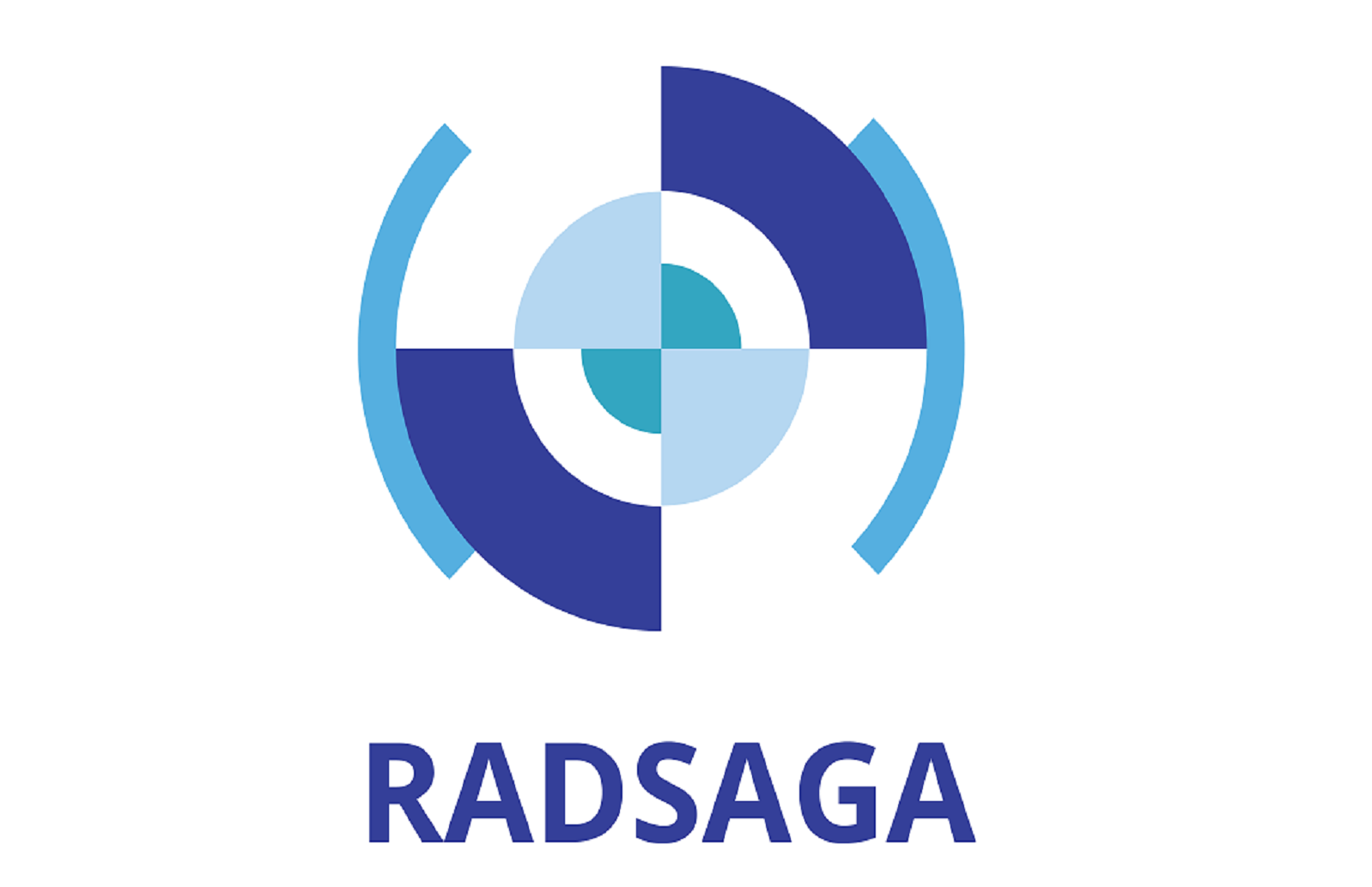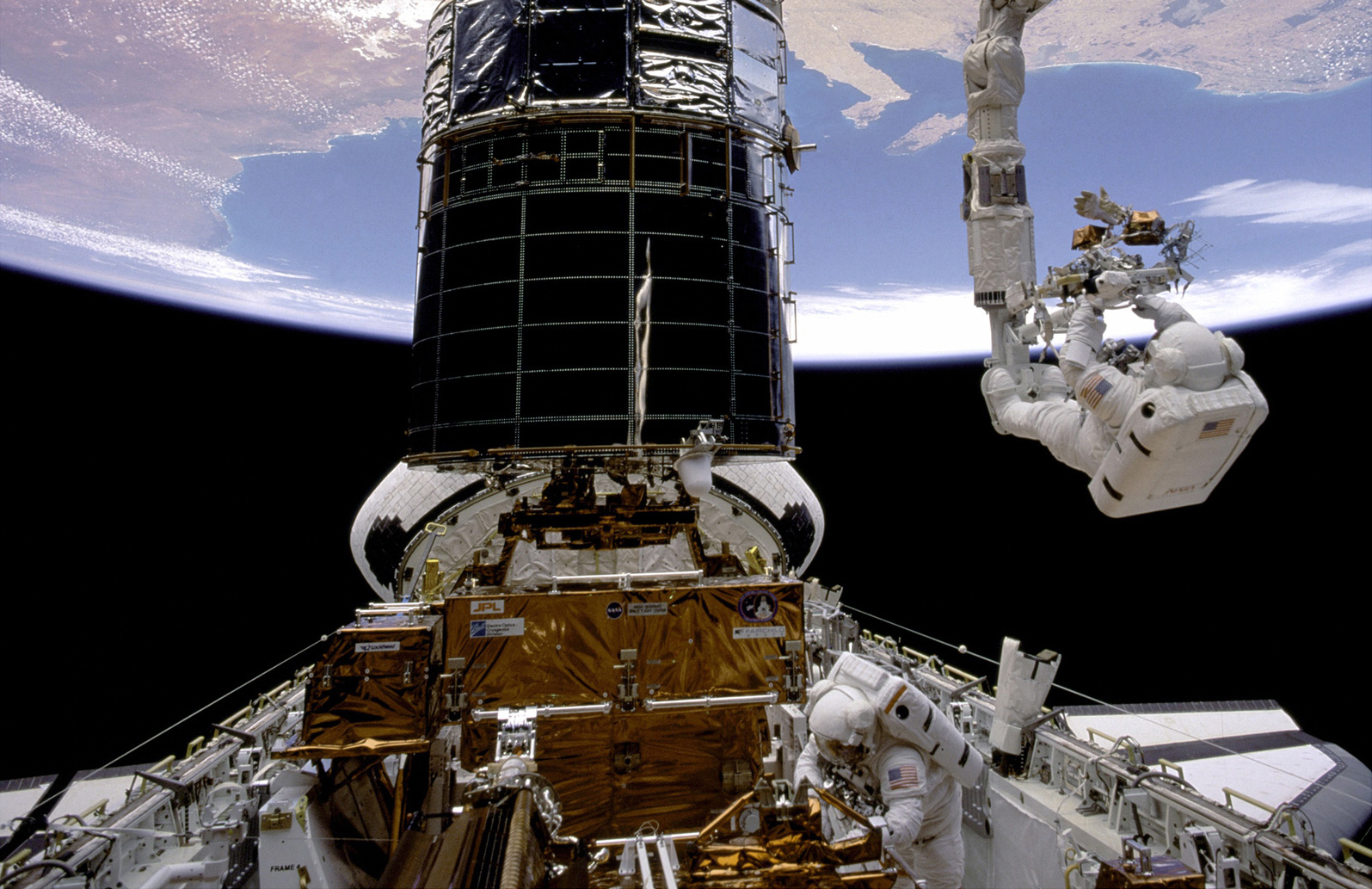Short abstract:
ESR14 will be focused, but not limited to wireless communication systems in combination with wired technologies. Since there is only very limited preliminary scientific work in this area, novel holistic system design approaches from RF circuitry to algorithms have to be found from scratch in order to explore and mitigate radiation effects that may occur in any stage of the transmission link. Innovative multi-band and software-defined-radio solutions will ensure highly generic wireless links architectures that will be combined with wired solutions (e.g. Ethernet, field bus, or power line communication technology) to provide deterministic quality-of-service. Furthermore, the testability of exemplary systems and their sub-parts will require innovative methods for complex online radiation qualification test procedures to examine the only rarely addressed scientific field of frequency dependent radiation effects. Finally, the new multi-physical communication link will be demonstrated with both wireless and wired transmission channels at CERN (both at the CHARM experimental facility and in operation).
Long abstract:
A reliable communication backbone is essential for many innovative applications within radiated environments, where state-of-the-art systems are not adequate. Especially, if malfunctions will lead to severe damages, both secure and deterministic functionality is a must. Especially in wide networks with many communication nodes and distributed control systems spanning large distances advanced bus and data transmission architectures are required. Diversity, also consequently applied to the physical layer and the transmission channel enables safety critical operation of these systems for various applications, e.g. accelerators, nuclear power plants, space crafts or airplanes and trains.
ESR14 will be focused, but not limited to wireless communication systems in combination with wired technologies. New concepts for the realization of reliable radio-frequency (RF) data links using Commercial of The Shelf (COTS) components will be investigated. Since there is only very limited preliminary scientific work in this area, novel holistic system design approaches from RF circuitry to algorithms have to be found from the scratch in order to explore and mitigate radiation effects that may occur in any stage of the transmission link. The need for diverse and redundant building blocks arising from the radiation environment will be used for the first time to realize comprehensive self-test features for any stage of the communication link. Explicitly this concept will not only be applied to for digital and analog baseband modules but also to the RF circuits and to the transmission channel by combining measures of any domain, RF as well as digital signal representations. Innovative multi-band and software-defined-radio solutions will ensure highly generic wireless links architectures that will be combined with wired solutions (e.g. Ethernet, field bus, or power line communication technology) to provide deterministic quality-of-service for safety critical applications.
Results from this research will be exemplary integrated into the ZODIAC Data System. Furthermore, the testability of the entire communication system as well as its sub-parts will require innovative methods for complex online radiation qualification test procedures to examine the only rarely addressed scientific field of frequency dependent radiation effects and the interaction between the stages. Radiation test will be performed at CERN, where especially ‘CHARM’ facility allows yielding unique results with a mixed-radiation environment that emulates the behavior of a real accelerator beam. Finally, the new multi-physical communication link for accelerator monitoring will be demonstrated with both wireless and wired transmission channels at CERN.
Deliverable & Milestones Lists:
- Inventory of existing and possible future candidates for radiation tolerant links.
- System test results as compared to individual component tests.
- Prototype.
- Iteration of prototypes for radiation tolerant communication links with all partners and industry and to be used for distributed systems to be used in large unit number and mixed-field radiation environments.
Beneficiary:
University of Erlangen-Nuremberg
Supervisor:
Dr. Alexander Kölpin (University of Erlangen-Nuremberg).
Co-supervisor:
Assoc. Prof. Ketil Røed (Oslo Univeristy)
Planned secondments:
[total: 9 months]: UiO (Assoc. Prof. K. Roed): [4m] For rad-hard design and FPGA strategies and technical training; ZDS (A. de Bibikoff): [1m] for the sample control system and radiation test results of used components, as well as the preparation for the system test campaign; UJM (Dr Sylvain Girard) [2m]: Radiation response of fiber-based components, LEDs and electro-optic conversion systems; PSI (Dr W. Hajdas), CERN (Dr S. Danzeca), UU (Assoc Prof A. Prokofiev), RUG (Dr M. J, van Goethem): [2m] for various test campaigns.
Position has been appointed to Quentin Croenne. Click here for Profile.




